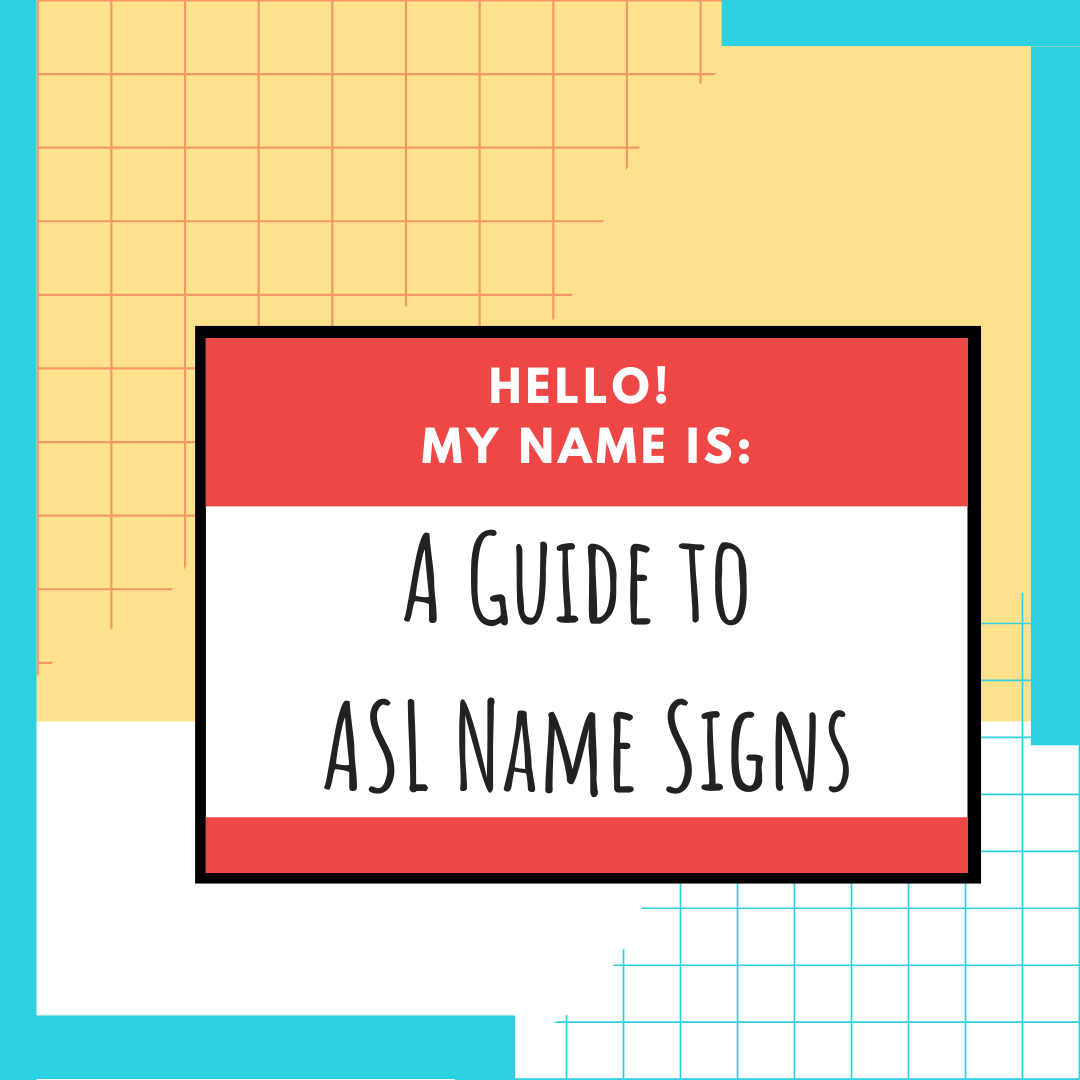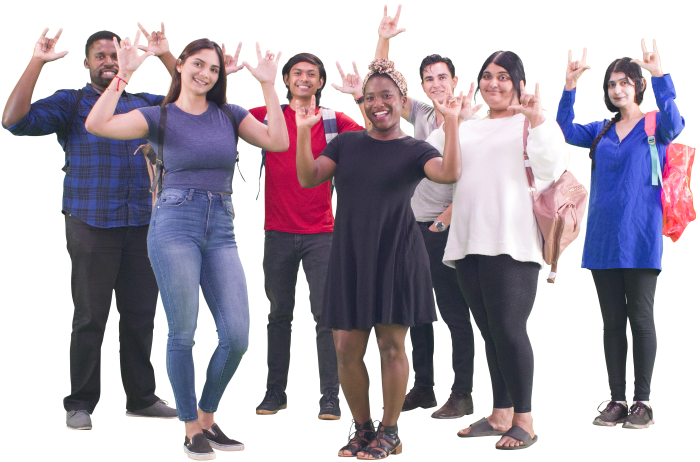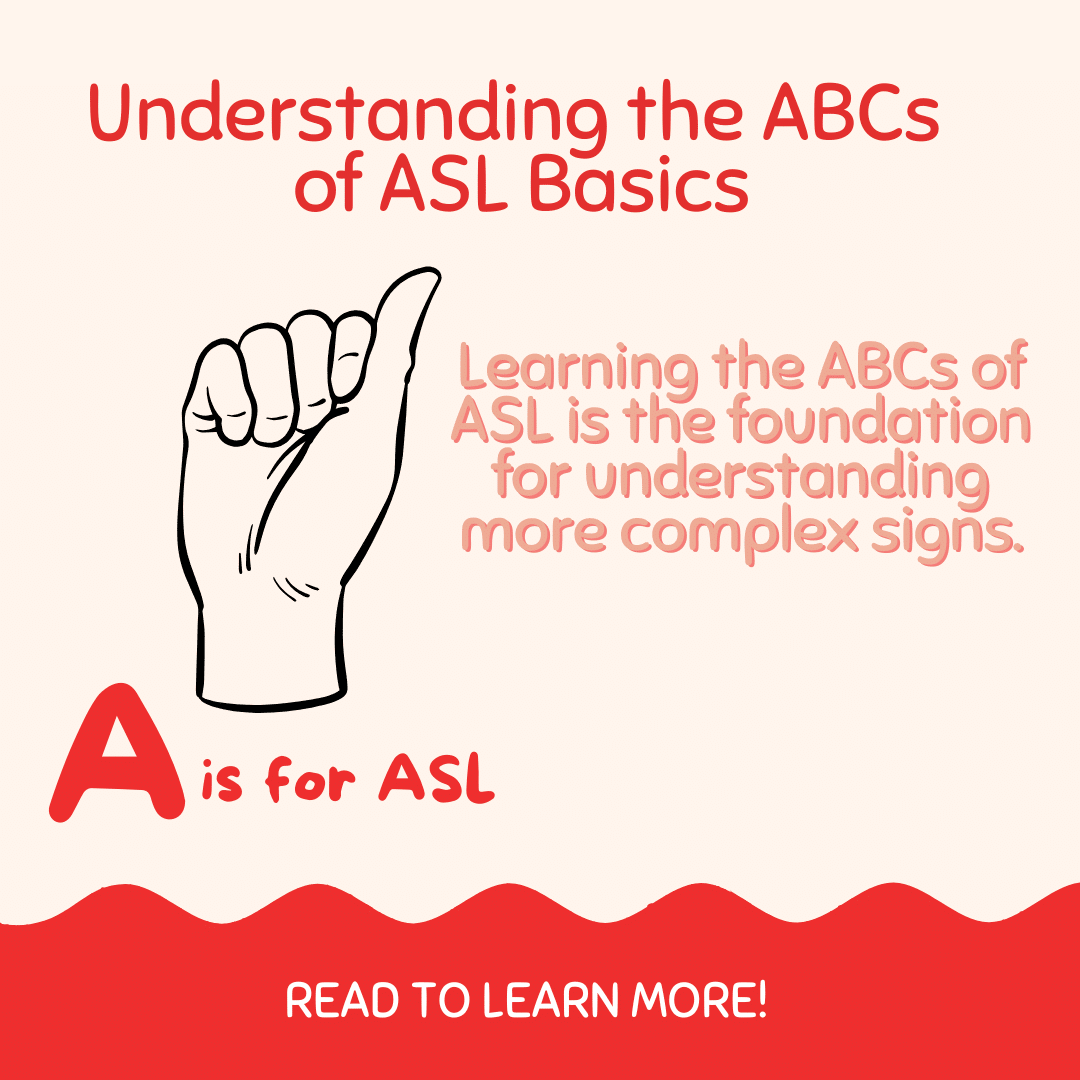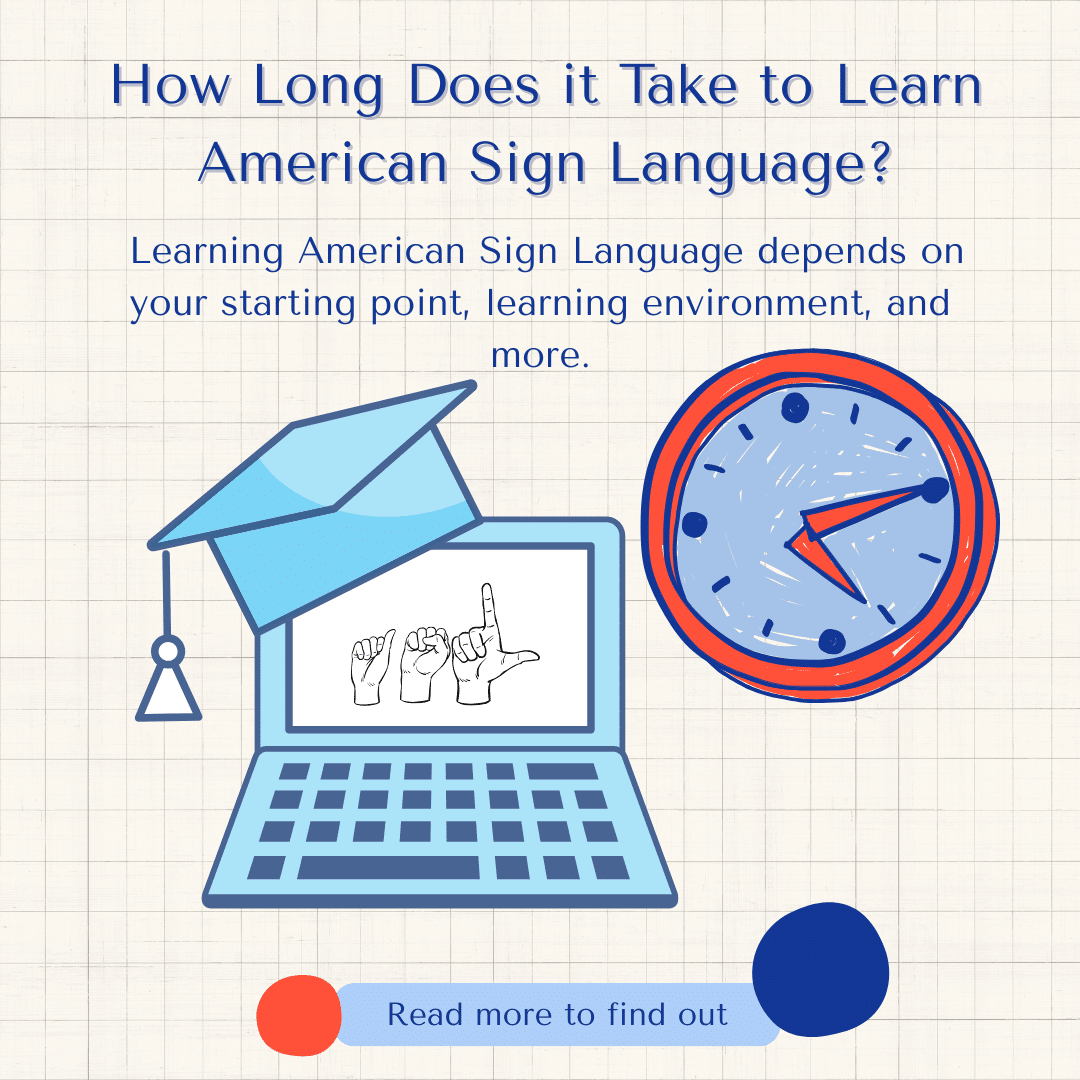
Sign Language Online: ASL 3 – Unit 1 Sample
In this unit sample of our American Sign Language online classes, you will dive right into more complex conversations.
Conversation 3.1
Read this outline, and then watch the conversation in action in the video below.
A: WHAT YOUR PARENTS THINK YOU SHINE YOU PLAY?
“What did your parents think of you starring in the play?”
B: MY DAD SAY ME PROUD YOU (body shift) MOM ASK IN COLLEGE MAJOR THEATER?
“My dad said, “I’m proud of you.” And my mom asked, “Are you going to major in theater in college?”
A: WHAT YOU SAY YOU?
“What did you say?”
B: ME TOLD-them WILL THINK-ABOUT
“I told them I would think about it.”
Conversation 3.1 Explained
A: WHAT YOUR PARENTS THINK YOU SHINE YOU PLAY?
“What did your parents think of you starring in the play?”
Signer A uses the sign SHINE here for “starring” in the play. You can see SHINE also used in this manner for signs such as NAME-SHINE in ASL which means someone is well known or famous. Some signers may have used the sign STAR here since that sign can also be used for “movie star.”
B: MY DAD SAY ME PROUD YOU (body shift) MOM ASK IN COLLEGE MAJOR THEATER?
“My dad said, “I’m proud of you.” And my mom asked, “Are you going to major in theater in college?”
Signer B uses this sign for SAY which you might see often. This sign can also be used for COMMENT.
Signer B uses body shift to take on the “role” of each parent in this scenario. You will learn more about role shifting in this unit of our full course.
Take Our Free ASL 1 Course
This unit is just a sample of our complete course where you can learn American Sign Language quickly and easily. Enroll in our Free ASL 1 Course today!
Start Learning ASL Today!
 Ready to start learning real American Sign Language and not just basic signs? Do you want to be a part of the vibrant Deaf community? Check out our Free ASL 1 Course or our Complete 4-Level ASL Course options and start learning ASL today!
Ready to start learning real American Sign Language and not just basic signs? Do you want to be a part of the vibrant Deaf community? Check out our Free ASL 1 Course or our Complete 4-Level ASL Course options and start learning ASL today!








